Easy Lawn Watering Tips for a Healthy Garden in the Heat
- June 21, 2024
- 0 comment
Despite widespread awareness, a surprising 95% of people still face challenges in watering their lawns correctly. However, by mastering the right techniques, you can maintain a vibrant and healthy lawn even during intense heat waves. Not only will this enhance the look and health of your garden, but it can also lead to significant savings on your water bills.
Understanding When to Water Your Lawn
Knowing when to water is crucial for maintaining a healthy lawn. Start with a simple visual check of your garden. Signs like wilting plants are clear indicators that your lawn might need water.
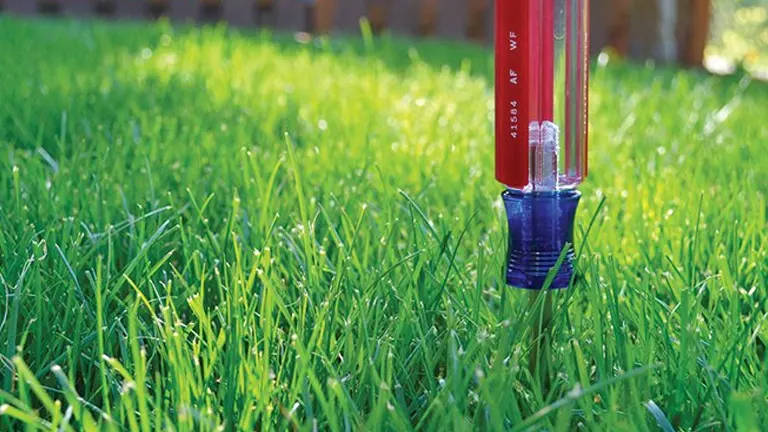
For a more precise assessment, try the “screwdriver test”: insert a screwdriver, pencil, or knife into the soil. If it’s difficult to push in or if it emerges dirty, your soil is likely dry and it’s definitely time to water. This straightforward test helps ensure that you’re watering only when necessary, promoting deeper root growth and a healthier lawn.
Efficient Watering Methods
Simply walking across your lawn can offer valuable clues about its hydration needs. If your footprints remain visible and don’t spring back quickly, it’s a sign that your lawn is thirsty and needs watering.
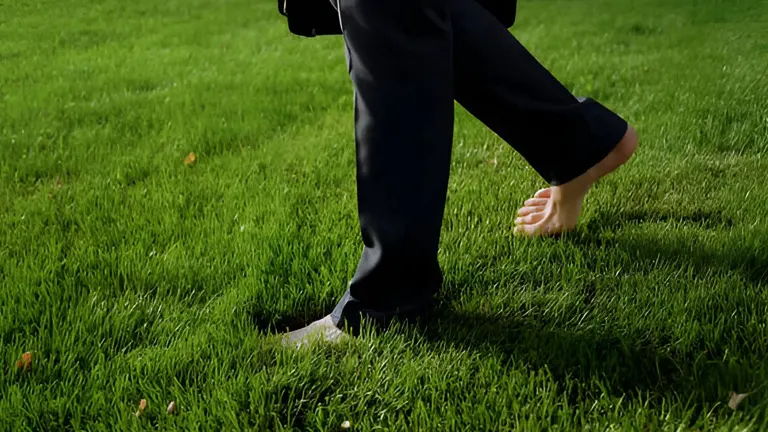
Additionally, for those in regions with hosepipe bans, an effective alternative is to collect rainwater in a water butt. This method not only conserves tap water but also provides your garden with a sustainable source of water during dry spells.
Sprinkler Selection and Usage
Selecting the appropriate sprinkler type based on the shape and size of your garden is crucial for effective and efficient watering. Here’s a quick guide to help you find the best fit:
Oscillating Sprinklers
Ideal for square or rectangular gardens, oscillating sprinklers distribute water evenly over a wide, flat area, ensuring that every corner of your garden gets adequate moisture.
Pulse Sprinklers
These are best suited for larger, open spaces. Pulse sprinklers emit a single, powerful jet of water that can cover a significant distance, making them perfect for expansive lawns.
Round Sprinklers
Specifically designed for circular areas, round sprinklers provide a consistent spray pattern that matches the natural shape of round gardens, ensuring thorough coverage.
Adjustable Sprinklers
Offering the ultimate flexibility, adjustable sprinklers can be modified to suit various garden shapes. Whether you have an irregularly shaped garden or need precise control over where the water goes, these sprinklers can be set up to meet your specific needs. However, they require careful adjustment to ensure optimal performance.
We’ve evaluated several cost-effective options available on Amazon, all under $38. These include oscillating, pulsing, and round sprinklers, each designed to cater to different garden layouts and maximize water coverage efficiently, ensuring no water is wasted.
Timing and Frequency
For optimal lawn health, it’s advisable to water every two to three days. This frequency encourages roots to penetrate deeper into the soil, fostering a more resilient and drought-resistant lawn. The best time for watering is early in the morning, between 5 A.M. and 9 A.M.

Watering during these hours reduces evaporation, ensuring that your lawn absorbs more water. Additionally, avoid nighttime watering as it can lead to prolonged moisture on the grass, creating ideal conditions for lawn diseases to develop. By following this schedule, you can maintain a lush, healthy lawn that efficiently uses every drop of water.
Water Conservation Tips
- Mulching: To help your lawn retain moisture effectively, leave the grass clippings on the lawn after mowing, or use a mulching plug. This natural mulch not only conserves water but also returns nutrients to the soil as it decomposes.
- Raise Mowing Height: Keeping your grass slightly longer can provide shade for the soil, significantly reducing moisture evaporation. This small adjustment in your mowing routine can make a substantial difference in the health and hydration of your lawn.
- Aeration: Regularly aerating your lawn can greatly improve water penetration and root development. This process involves creating small holes in the soil, which allow air, water, and nutrients to reach the root zone more easily. A well-aerated lawn uses water more efficiently and develops a stronger, deeper root system.
Automation for Convenience
If the idea of waking up at dawn to water your garden doesn’t appeal to you, automating the process could be the perfect solution. Installing a water timer on your tap is an efficient way to manage your garden’s watering needs.
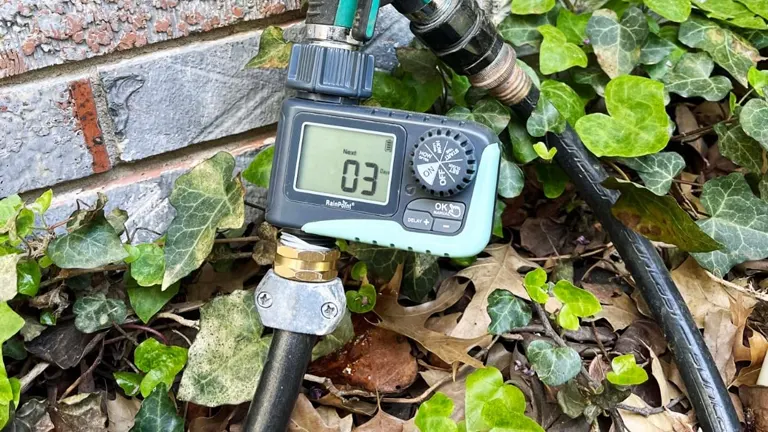
This handy device lets you preset watering times, ensuring your lawn gets the right amount of water at the optimal time without having to adjust your personal schedule. It’s a simple, set-and-forget method that maintains a consistent watering routine, making lawn care both effortless and effective.
Practical Testing and Adjustment
To optimize your sprinkler’s performance, a simple yet effective method is the “tuna can test.” Place an empty tuna can within your sprinkler’s range. Once it fills up to 1-1.5 inches, you’ve applied an adequate amount of water to your lawn.
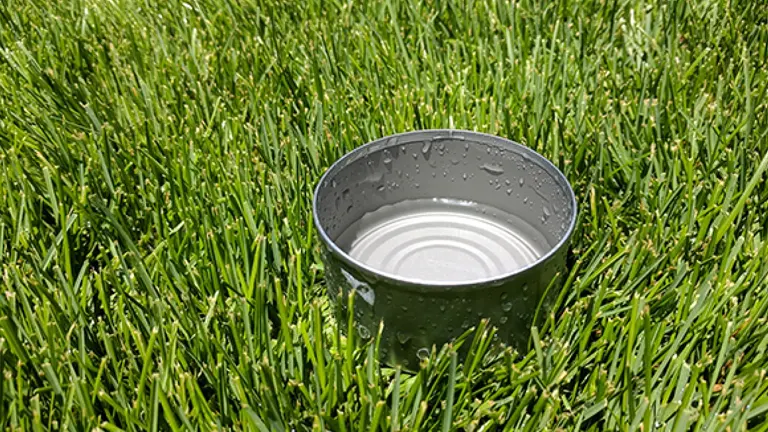
This test helps gauge the efficiency of your watering routine and determine if adjustments are necessary, especially in gardens exposed to varying amounts of sun and wind. This process can take anywhere from 15-30 minutes, depending on your watering method. Alternatively, you can use a permanent rain gauge to consistently monitor the amount of water your garden is receiving, either from rainfall or your irrigation system. This additional measure ensures your lawn is always hydrated just right, without over or under-watering.
Adjusting Your Sprinklers for Optimal Coverage
- Adjustable Sprinklers: These types allow you to customize the flow and tilt of the water spray. By adjusting these settings, you can achieve precise coverage tailored to your garden’s specific layout and needs, ensuring that every part of your lawn receives just the right amount of water.
- Budget Sprinklers: While more basic and lacking some of the features of higher-end models, budget sprinklers still offer a wide spray pattern. They are a cost-effective option that can effectively water your lawn, though they may require manual adjustment to ensure even coverage across your garden.
During our tests, we fine-tuned each sprinkler model to suit different garden shapes and sizes, ensuring that each area was adequately covered without unnecessary water wastage. This practical approach helps you understand how to adjust and choose the right sprinkler for your specific lawn care needs.
Final Thoughts
Effective lawn watering is more about technique than simply turning on a tap. By choosing the right time, sprinkler, and method for your specific garden type, you can ensure your lawn stays lush and green all summer long, saving water and money in the process. Remember, every lawn is unique, so tailor these tips to suit your garden’s specific needs.
FAQs
- How should I adjust my watering schedule for different soil types?
Different soil types absorb and retain water at varying rates. Sandy soils drain quickly and may require more frequent watering, while clay soils retain moisture longer and may need less frequent watering. Conduct the screwdriver test regularly to determine when your specific soil type needs watering. - What should I do if my area has water restrictions?
If you’re facing water restrictions, focus on watering efficiently. Use collected rainwater or greywater if permissible. Also, water during allowed times, usually early morning or late evening, to minimize evaporation. Consider investing in a drip irrigation system, which uses water more efficiently than traditional sprinklers. - How can I water my lawn effectively during a drought?
During drought conditions, prioritize watering young plants and areas of your lawn that are visibly stressed. Reduce the frequency of watering but increase the depth—this encourages deeper root growth, which helps plants access water stored deeper in the soil. Also, consider applying a layer of mulch to help retain soil moisture. - How do I adjust my watering based on weather conditions?
In hot, dry weather, your lawn might need additional water, especially if there are extended periods of heat. Conversely, reduce watering in cooler or rainy periods. Always check the soil moisture before watering to avoid over-watering and wasting water. - Is there a best time of day to water my lawn?
The optimal time to water your lawn is early in the morning, between 5 AM and 9 AM. This timing helps reduce water loss to evaporation and allows the lawn to dry before nightfall, decreasing the risk of fungal diseases. - How can I tell if I’m over-watering my lawn?
Signs of over-watering include soggy ground, water runoff, and a shallow root system. Your lawn might also have a consistently wet appearance, and you may notice algae or fungal growth. Use the footprint test to check if your lawn springs back after walking on it; if it doesn’t, you might be over-watering. - What is the best way to conserve water while keeping my lawn green?
To conserve water while maintaining a healthy lawn, use efficient watering techniques like using a water timer and installing water-efficient sprinklers. Raise the cutting height of your lawnmower to keep grass longer, which shades the soil and reduces moisture loss. Also, consider aerating your lawn to improve water absorption.
Did these tips help you keep your garden thriving? Or maybe you’ve got a few lawn care secrets of your own? Share your experiences and suggestions in the comments below. Let’s help each other grow greener, lusher lawns together!

Kristine Moore
Forestry AuthorI'm Kristine Moore, a seasoned garden landscaping professional with over 30 years of experience. My extensive career has been dedicated to transforming outdoor spaces into stunning, sustainable landscapes. With a deep understanding of horticulture, design principles, and environmental stewardship, I have become a respected figure in the field, known for creating harmonious, visually appealing, and eco-friendly gardens. My commitment to excellence and continuous learning in landscaping trends and techniques has solidified my reputation as an expert in garden design and implementation.


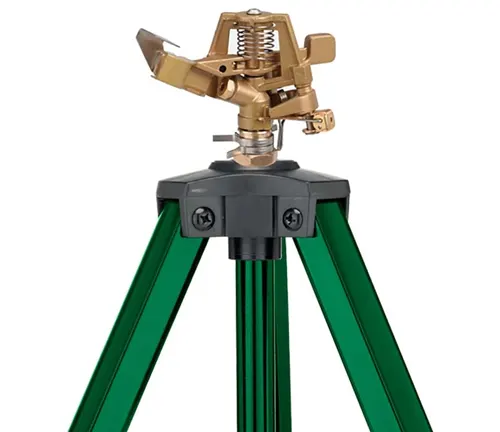
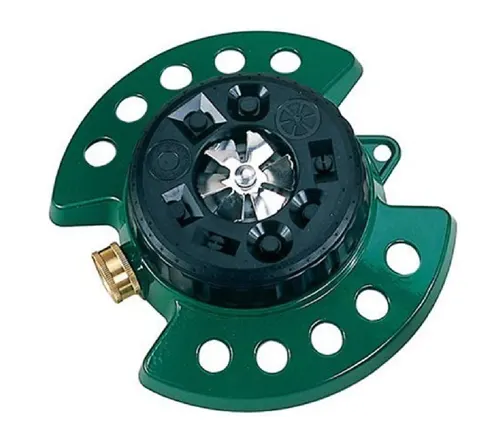
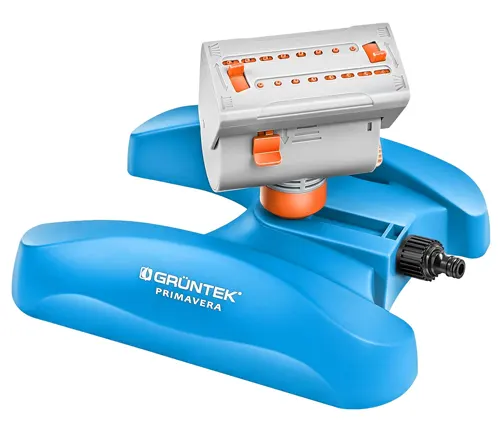





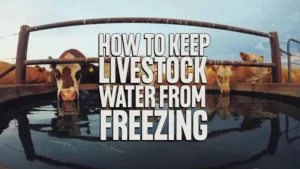






Leave your comment